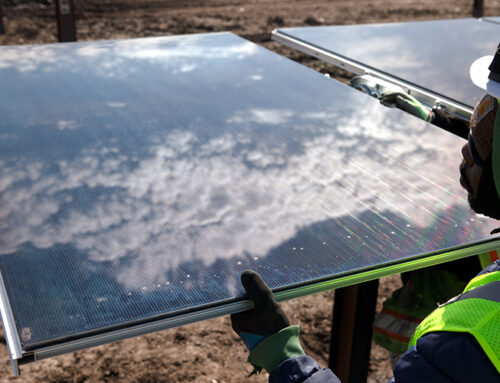COP30 Outcomes for the Built Environment: From Sustainable Cooling to Climate Adaptation C
November 25, 2025

On November 21, 2025, the closing day of the 30th edition of the Conference of the Parties (COP) took place, the yearly gathering of United Nations member states to negotiate international climate agreements and assess global progress toward emissions reduction. This year, the event was held in Belém, Brazil, a port city of fewer than 1.5 million people, widely known as a gateway to Brazil’s lower Amazon region. First convened in 1992, UN Climate Change Conferences (or COPs) are an international multilateral decision-making forum on climate change involving 198 “Parties” (197 countries, nearly all of them, depending on definitions of country, and the European Union). Their purpose is to assess global efforts toward the central Paris Agreement aim of limiting global warming to as close as possible to 1.5 °C above pre-industrial levels. The event brings together leaders and negotiators from member states, business figures, young people, climate scientists, Indigenous Peoples, and civil society around issues considered essential to that climate goal. This year, COP30 was marked by strong criticism of its ties to the fossil fuel industry, descriptions of agreements as fragile and insubstantial, and the struggle to move climate finance “from pledge to lifeline.”
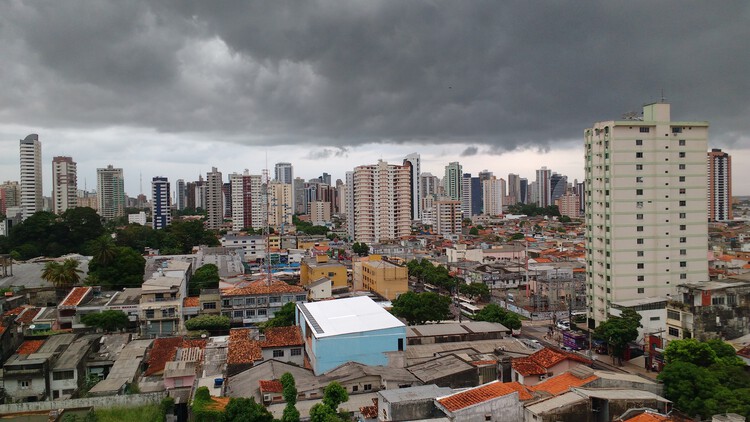
The objective of the COP is that, following multilateral presentations on global climate realities, United Nations member countries make public policy decisions for global temperature reduction, climate risk management, and consequence handling. They decide on ways to reduce greenhouse gas emissions, finance international measures, and balance the costs and consequences of climate change mitigation. With the built environment responsible for approximately 40% of global greenhouse gas emissions, the agreements reached at the COP affect regulations, standards, funding, and conversations surrounding sustainable design. Architecture can play an important role in translating climate commitments into the physical and material world. In this 2025 edition, hopes centered on international cooperation to develop strategies for faster climate progress, involving concrete measures for climate adaptation from territorial, environmental, health, and social perspectives. Although the key points of the agreement reached at COP30 are general in nature, several issues discussed and exemplified throughout the sessions have a specific spatial dimension and directly influence infrastructure concerns.
Below is a compilation of events, measures, and cases discussed at COP30 around four topics relevant to the fields of architecture and urban planning.
Related Article
São Paulo Architecture Biennial Points to Possible Futures for a Planet in Crisis
COP30 in Belém: A “Symbolic” Amazon Location
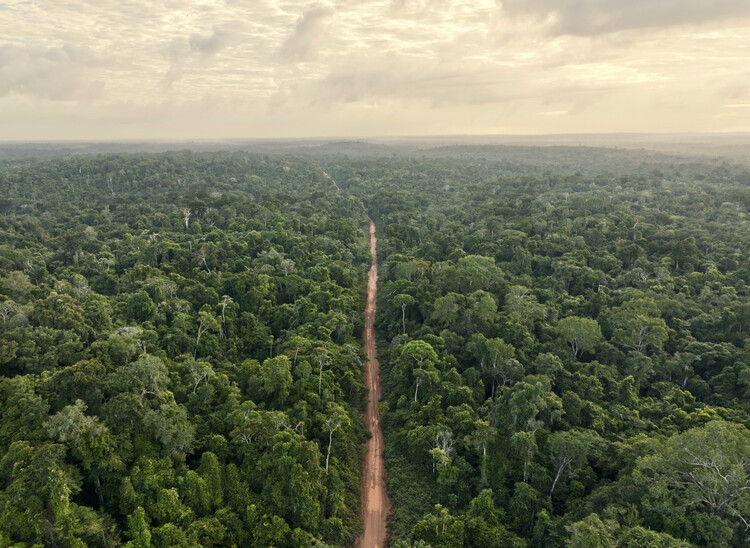
The choice to host COP30 in Belém has been described as “symbolic,” placing the summit at the edge of the Amazon to spotlight the forest’s central role in global climate regulation. Yet selecting a small city with limited infrastructure created contradictions: thousands of participants faced long travel routes, many delegates stayed on diesel-powered cruise ships, and new access roads were cut through the surrounding forest. At the same time, holding the event in Belém enabled more direct Indigenous participation, exemplified by the Munduruku protesters who blocked the entrance to the Hangar Convention and Fair Centre, demanding an end to projects and extractive activities that threaten their territories in the Tapajós and Xingu River basins. The Amazonian setting also made visible the lived realities of climate vulnerability through nearby examples such as the Barcarena School Model for climate resilience and the community of Vila do Pesqueiro. Despite this proximity, explicit commitments to directly protect the Amazon were not achieved, though initiatives tied to deforestation, including new financial mechanisms and responsible timber construction guidelines by the United Nations or organizations such as Bauhaus Earth, were advanced.
AquaPraça Floating Community Space: Adaptive Architecture for Tidal Environments
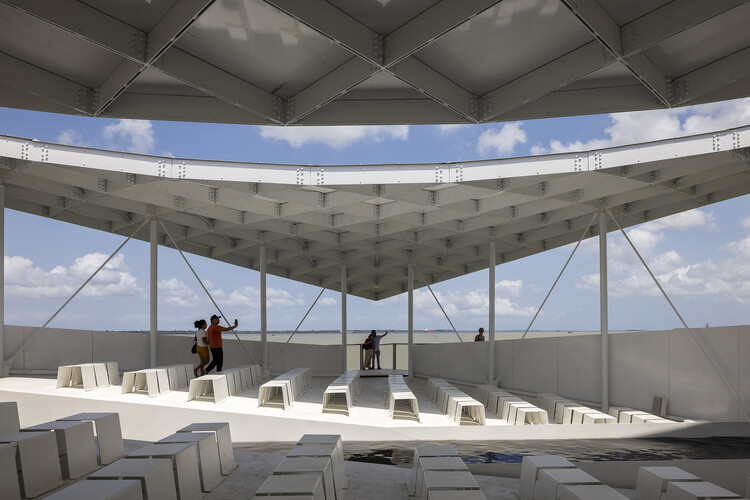
Building on the Amazon-centered setting of COP30, AquaPraça, the floating cultural plaza by CRA–Carlo Ratti Associati and Höweler + Yoon, was presented in Belém after its initial debut at the 2025 Venice Architecture Biennale. Serving as the core of Italy’s Pavilion, the 400-square-meter platform was moored on Guajará Bay, where the Amazon River system meets the Atlantic. Designed to rise and fall with tidal variations of up to four meters using Archimedes’ principle, the structure allows visitors to observe local water dynamics and their impact on built systems. For COP30, AquaPraça included an added roof structure and hosted symposia, cultural programs, and climate-policy discussions. Installed as an extension of the House of Eleven Windows and developed in collaboration between Italy and Brazil, the project will remain in the region as a permanent floating community space donated to the State of Pará to support climate engagement, cultural activities, and creative industries.
A “Sustainable Cooling” Approach to Global Technology and Infrastructure
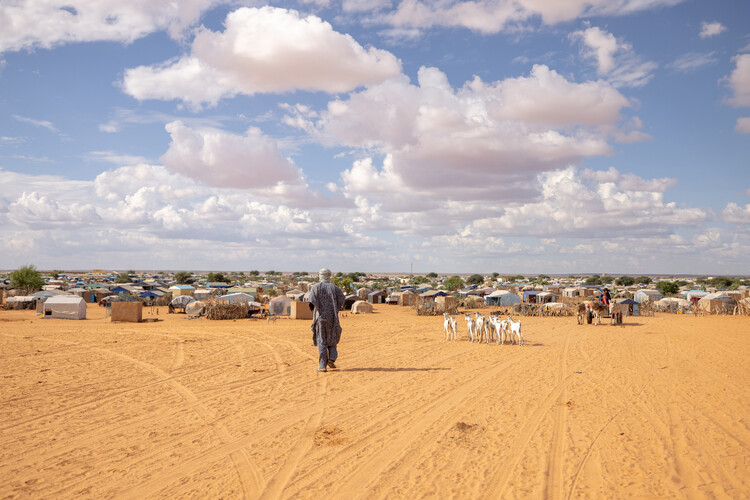
As global temperatures rise, cooling, once considered a luxury, has become a basic survival necessity and one of the fastest-growing sources of greenhouse gas emissions. Discussions at COP30 highlighted the urgent need for scalable alternatives, centered on the long-delayed Technology Implementation Programme, which aims to accelerate the delivery of life-saving cooling technologies to the communities most exposed to extreme heat. The UN Environment Programme’s “Beat the Heat” initiative promotes a Sustainable Cooling Pathway that combines passive design strategies, nature-based solutions, and clean technologies capable of reducing emissions by up to 97 percent when paired with broader decarbonization efforts. The approach extends beyond air-conditioning, emphasizing cool roofs, expanded urban green spaces, and low-energy cooling systems, with nearly two-thirds of projected emissions cuts achievable through passive and low-energy options that are both affordable and scalable.
Climate Adaptation: Displacement, Health Crises, and a Push for Just and Inclusive Resilience
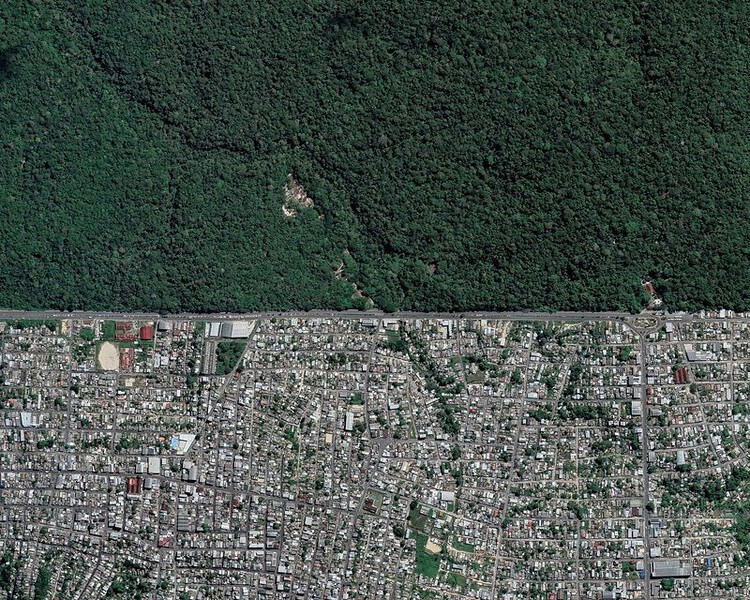
Adaptation efforts at COP30 centered on the growing human impacts of the climate crisis, with nations agreeing to triple adaptation funding to help vulnerable countries protect communities facing climate-driven displacement, health emergencies, and worsening environmental pressures. The conference advanced the Just Transition Mechanism (JTM), a framework designed to ensure that the shift to a green economy protects workers, women, and Indigenous peoples, while UN reports highlighted the realities faced by displaced families across Mexico, Venezuela, Honduras, and El Salvador. Health crises linked to climate change, such as rising infectious diseases, heat-related illnesses, and malnutrition, were also at the forefront, accompanied by initiatives to strengthen early-warning systems, expand frontline medical services, and improve climate-resilient health facilities. Across these discussions, UN agencies emphasized the spatial and social dimensions of dignity, presenting community-based models and protections under the broader deal framework to promote that climate adaptation includes secure housing, essential services, and rights-based support for those most exposed to rapidly intensifying climate impacts.
Search
RECENT PRESS RELEASES
Related Post





